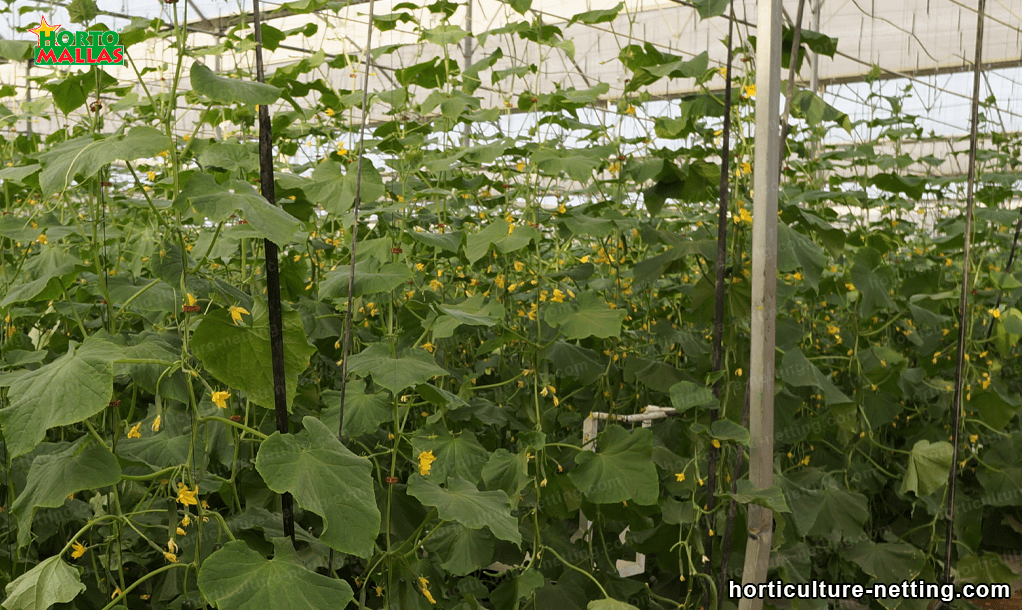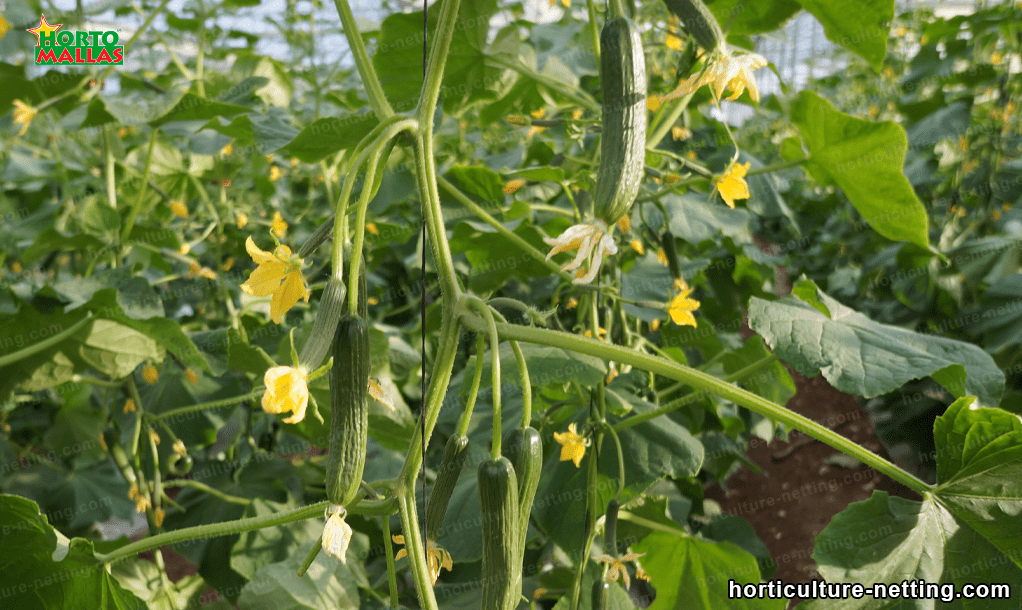Horticultural netting is a type of agricultural fabric used to protect crops from birds, pests, and other environmental elements.
It is a cost-effective and versatile solution for many horticultural needs. It is available in a range of colors and sizes, allowing for a customized solution to each grower’s needs. The main purpose of horticultural netting is to protect crops from birds, pests, and other environmental elements. It is a cost-effective and versatile solution for many horticultural needs. It is available in a range of colors and sizes, allowing for a customized solution to each grower’s needs. The most common type of horticultural netting is plastic. Plastic netting is lightweight, easy to install, and relatively inexpensive.
It is also a good choice for gardeners who do not want to invest in a more expensive metal netting system. Plastic netting is available in a variety of colors and sizes, allowing for a customized solution to each grower’s needs. Metal netting is the most durable type of horticultural netting available. It is made of galvanized steel, which is strong and resistant to rust and other environmental elements. Metal netting is more expensive than plastic, but it is more effective at keeping out pests and birds. Metal netting is also more aesthetically pleasing, as it can be purchased in a range of colors.
Nylon netting is another type of horticultural netting available. It is lightweight, easy to install, and relatively inexpensive. Nylon netting is more aesthetically pleasing than plastic or metal netting and is available in a variety of colors and sizes. Nylon netting is ideal for those looking for an attractive, yet cost-effective solution to their horticultural needs.

Horticultural netting is an important tool for any grower looking to protect their crops from birds, pests, and other environmental elements.
It is a cost-effective and versatile solution for many horticultural needs. It is made from a variety of materials, including plastic, metal, and nylon, and is available in a range of colors and sizes, allowing for a customized solution to each grower’s needs. Ultimately, horticultural netting is an essential tool for any grower looking to protect their crops.
Horticultural netting is an invaluable tool for gardeners and horticulturalists alike, allowing them to protect their plants from a variety of threats, from birds, insects, and other pests to extreme weather. In this essay, we will examine the many benefits of horticultural netting and its importance for the health and productivity of the plants and gardens it protects. The first and most obvious benefit of horticultural netting is its ability to protect plants from birds, insects, and other pests. Birds can cause considerable damage to gardens by eating the fruits, vegetables, and flowers that gardeners have worked hard to cultivate.
Additionally, certain insects can be especially destructive, as they can spread diseases, feed on plants, and cause damage to flowers and crops. Horticultural netting acts as a physical barrier that can prevent birds and insects from reaching the plants, protecting them from harm. Another benefit of horticultural netting is its ability to protect plants from extreme weather conditions. Hot summer days can lead to dehydration in plants, and cold winter nights can cause frost damage. Horticultural netting can help to mitigate the effects of extreme temperatures, as it acts as a barrier that can help to keep the heat in during the winter and keep the heat out during the summer.

Additionally, netting can help to protect plants from strong winds, which can cause physical damage to foliage and flowers, as well as dry out the soil.
Finally, horticultural netting can help to increase productivity and yields in gardens and horticultural areas. By protecting plants from pests and extreme weather conditions, netting can help to ensure that plants remain healthy and productive. Additionally, by providing a physical barrier between plants, netting can help to reduce competition for resources, such as water and nutrients, and can help to ensure that each plant receives the resources it needs to flourish.
In conclusion, horticultural netting is an invaluable tool for gardeners and horticulturalists alike, providing a variety of benefits. By protecting plants from birds, insects, and other pests, as well as extreme weather conditions, netting can help to ensure the health and productivity of gardens and horticultural areas. Additionally, by providing a physical barrier between plants, netting can help to reduce competition for resources and can help to ensure that each plant receives the resources it needs to flourish. For these reasons, horticultural netting is an essential tool for any gardener or horticulturalist.
Horticultural netting, also known as garden mesh or crop netting, is an invaluable tool for the modern gardener, providing a range of benefits to your garden. Whether you’re looking to keep pesky animals away from your precious vegetables or you’re hoping to keep your garden in top condition all year round, horticultural netting can provide a range of advantages that you may not have considered. In this essay, we’ll discuss the various benefits of using horticultural netting in your garden. One of the most notable benefits of using horticultural netting is the protection it provides. Whether you’re trying to keep birds from eating your crops or rabbits from nibbling on your flowers, horticultural netting can be a great way to keep these pests away.

By using horticultural netting, you can protect your garden from these animals and ensure that it remains in top condition.
Horticultural netting can also provide protection against other types of pests, such as insects. By covering your plants with the netting, you can keep harmful insects away and help to keep your plants healthy. In addition, the netting can also help to protect your plants from harsh weather conditions. If you live in an area with a lot of wind or rain, horticultural netting can help to shield your plants from these elements and ensure that they remain in top condition. Another great benefit of using horticultural netting is that it can help to reduce weeds.
By covering your garden with netting, you can prevent weeds from taking over your garden and ruining your plants. This is especially useful if you have a lot of delicate plants that would otherwise be overrun by weeds. The netting can also help to keep your soil in top condition, as it prevents the soil from becoming compacted or eroded. Finally, horticultural netting can also be use to create a more attractive garden. By using the netting to create a lattice effect, you can give your garden an eye-catching look and make it look more professional.
This can be especially useful if you’re looking to create an outdoor living space, as the netting can provide a stylish backdrop that makes your garden look more inviting. Overall, horticultural netting can provide a range of advantages to your garden. From providing protection against pests and the elements to creating a more attractive garden, horticultural netting can be a great asset to any gardener. With its many advantages, it’s easy to see why horticultural netting is becoming increasingly popular among gardeners.
Leave a Reply